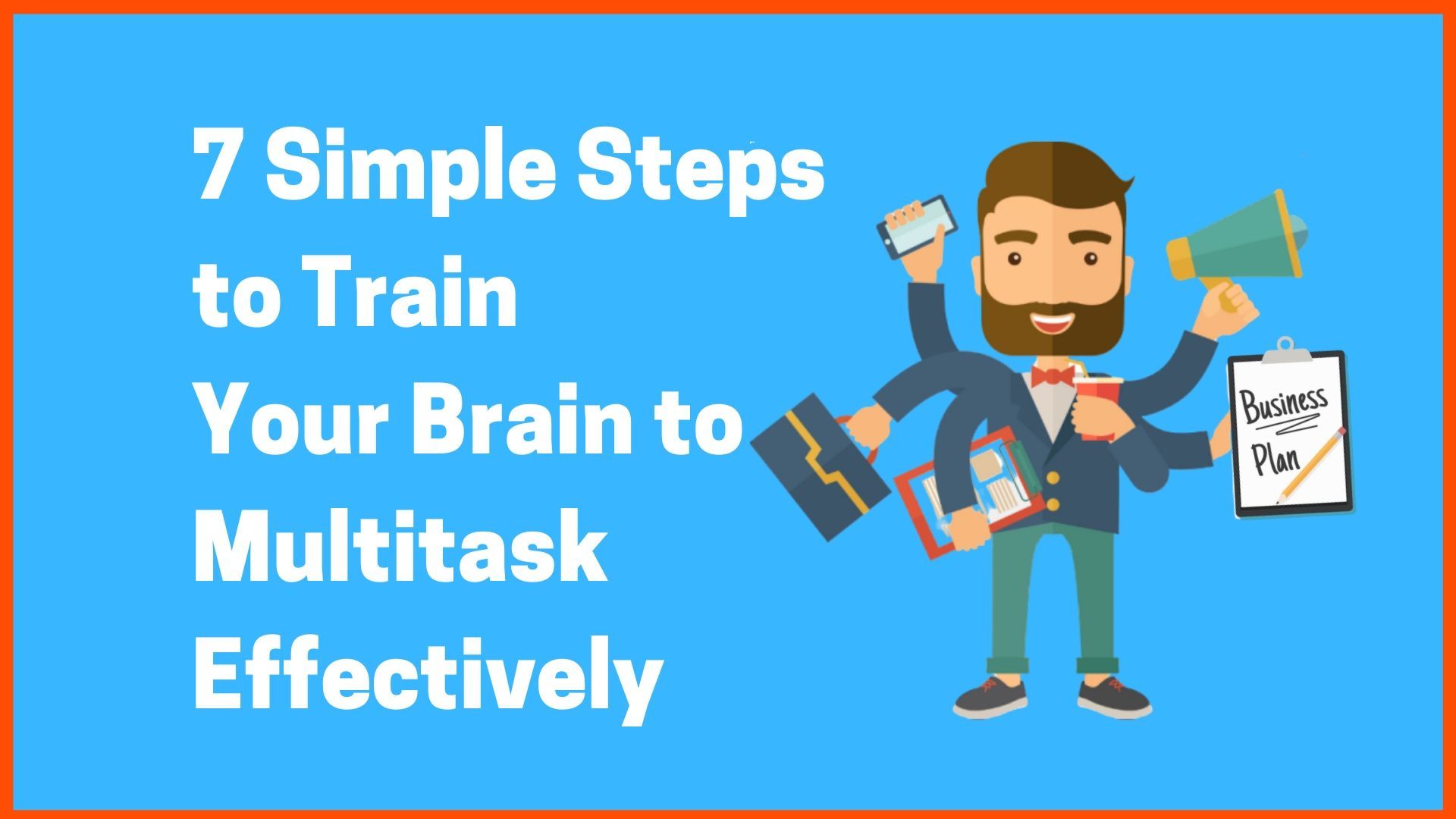7 Simple Steps to Train Your Brain to Multitask Effectively
multitasking
Multitasking is a way of doing multiple tasks at the same time. People who think faster usually do multitasking to finish their jobs on time and before the clock hits the desired time. Many offices now prefer someone who can do multitasking to save time and energy.
So, the question is how to Train Yourself in Doing Multitasking. Multitasking is not easy and not everyone is able to do it. There are those people who can work better when they do their tasks one at a time while others want to finish faster than expected. Multitasking requires quick thinking skills; however, people can train themselves in multitasking. Here are 7 simple steps to Train Yourself in Doing Multitasking.
Steps to train yourself in doing multitasking
1. Set the goals
2. Research the job
3. Choose tasks carefully
4. Start as early as possible
5. Work alternately
6. Cross-check the tasks
7. Select those task that are easy to interpret
Steps to train yourself in doing multitasking

1. Set the goals
Before venturing into multitasking, the goals need to be recognized and set. It is very important to have goals while multitasking so that time and energy is saved. Also, try to keep evaluating the goals and crossing them off the checklist to make work easier.
2. Research the job
Weigh the importance of tasks to know if multitasking is required or not. If the job doesn’t involve urgency and rush then they can be pursued at a later time and multitasking will not be required as some jobs require thorough attention and concentration to be completed. Multitasking won’t be a good option in such cases.

3. Choose tasks carefully
In doing multitasking, make sure that there is prior familiarity with every aspect of the task. Choose routine and known jobs for multitasking. Trying to do multitasking with jobs that are new increases the chance of failure.
4. Start as early as possible
It is better to start early when there are too many tasks to be done. Do not wait for the time set for the task to start. The more time one has on hand, the more tasks can be finished.

5. Work alternately
Do not stay on one task only as more jobs can be done when working alternately as long as the track is not lost. However, manage to stay focused on each task individually. Important point on how to Train Yourself in Doing Multitasking.
6. Cross-check the tasks
When there are tasks that are no longer relevant or necessary, eliminate them and stick to what is only urgent and important.

7. Select those task that are easy to interpret
Multitasking is like opening many websites on the browser at the same time. When the first site is still loading its information, you can open another site to save time. Multitasking should also be done the same way.
It cannot be denied that multitasking requires huge focus but if people practice the above-mentioned points the stress levels can be minimized. Start with small tasks that are easily manageable and gradually move to bigger ones. Small and manageable tasks are easy to familiarize with. Do not try doing tasks that are not related to each other. Unrelated tasks will ruin the workflow and may destroy the work that has been done. Most importantly, do not forget to take a break. It is indeed multitasking but it doesn’t mean that people cannot take a
break. Practice multitasking to reduce stress levels and increase productivity.
Must have tools for startups - Recommended by StartupTalky
- Convert Visitors into Leads- SeizeLead
- Website Builder SquareSpace
- Manage your business Smoothly Google Business Suite






